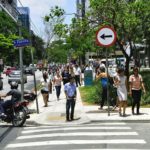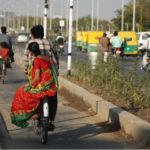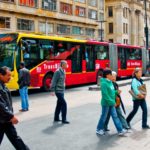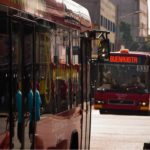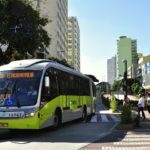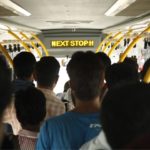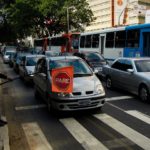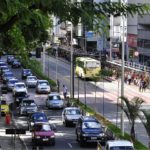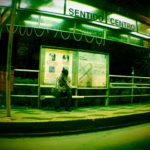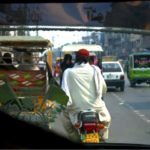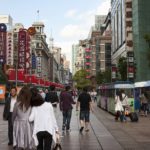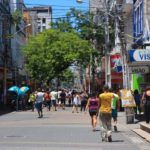Posts in the 'Integrated Transport' category
A century of car-centric urban development has left our cities polluted, congested, and searching for sustainable solutions. Transport Demand Management (TDM) strategies can provide these solutions by combining public policy and private sector innovation to reverse over-reliance on private cars. ...

Known for its beautiful natural landscapes, Christ the Redeemer statue, and Copacabana beach, Rio de Janeiro is an iconic city. Citizens’ ability to access these and local opportunities, though, has been limited in the past due to increased reliance on ...

Walking and cycling may be the two most basic modes of transport, but they may also be the most promising for a sustainable future. In a car-filled world, it’s the people who use their own two feet or two wheels that ...

There are currently 190 cities in the world using bus rapid transit (BRT) systems to serve the mobility needs of more than 31 million daily passengers. The BRT boom over the past 15 years has been a significant step toward ...

With a metropolitan population of more than 21 million people—and growing quickly—Mexico City faces distinct challenges in delivering sustainable urban mobility. Whether to combat a long history of urban sprawl or to meet the mobility needs of different communities, the city has had ...

Over the past few years, demand for buses has been declining in major Brazilian cities. How should city and transport leaders respond to this alarming trend? One possible solution is to improve the quality and productivity of bus service. To achieve this, smart ...

Streets perform a necessary function in the life of cities, like the arteries of a complex, urban organism. As the Project for Public Spaces notes, city streets “animate the social and economic life of communities” by serving as primary sites ...

This article was originally published in the Deccan Herald on February 25, 2015. After five years of construction, Indore opened one of India’s few bus rapid transit (BRT) systems in May 2013. Operations started with a fraction of the total ...

A century of car-centric urban development has left our cities polluted, congested, and searching for sustainable solutions. Transport Demand Management (TDM) strategies can provide these solutions by combining public policy and private sector innovation to reverse over-reliance on private cars. ...

Too many cities currently evaluate their streets in a way that doesn’t support long-term sustainability. The conventional approach centers exclusively on cars, and how quickly they can move up and down streets. Under this approach, a street receives an “A ...

For São Paulo, the largest city in the southern hemisphere, making sure that residents have access to reliable transport options at all hours of the day is a particularly acute issue given the size and population of the city. Starting ...

Lahore, Pakistan is on a dangerous path toward a future of urban highways, underpasses, and flyovers that will eventually suffocate the city. By prioritizing car-centric infrastructure through new development contracts, the city is making traffic congestion, air pollution, and road ...

India’s new initiative to create smart cities across the country has brought back to light the need for open and accessible data. Although the government legitimized the Right to Information Act in 2005, the data or information requested is usually ...

China’s top-down system of decision-making has been the root of many transformative changes in the past. So why has it recently been so hard to rally city leaders behind low-carbon transport? The answer has two sides: institutional complexity and lack ...

Driving a car is often the easiest, most straightforward mobility option for many urban residents. There are a laundry list of reasons people just can’t seem to live without cars in cities: because they don’t feel that public transport or ...

Page 21 of 135« First...10...202122...3040...Last »








